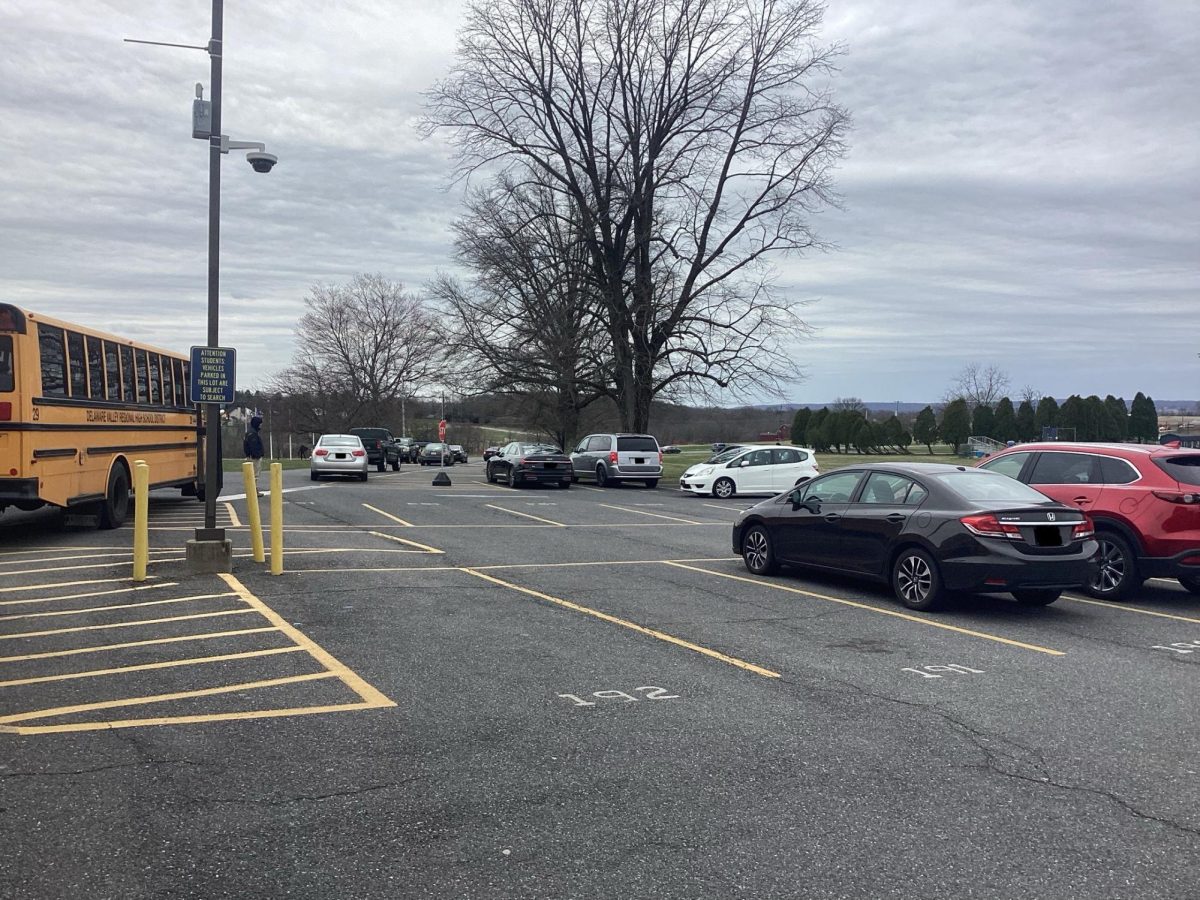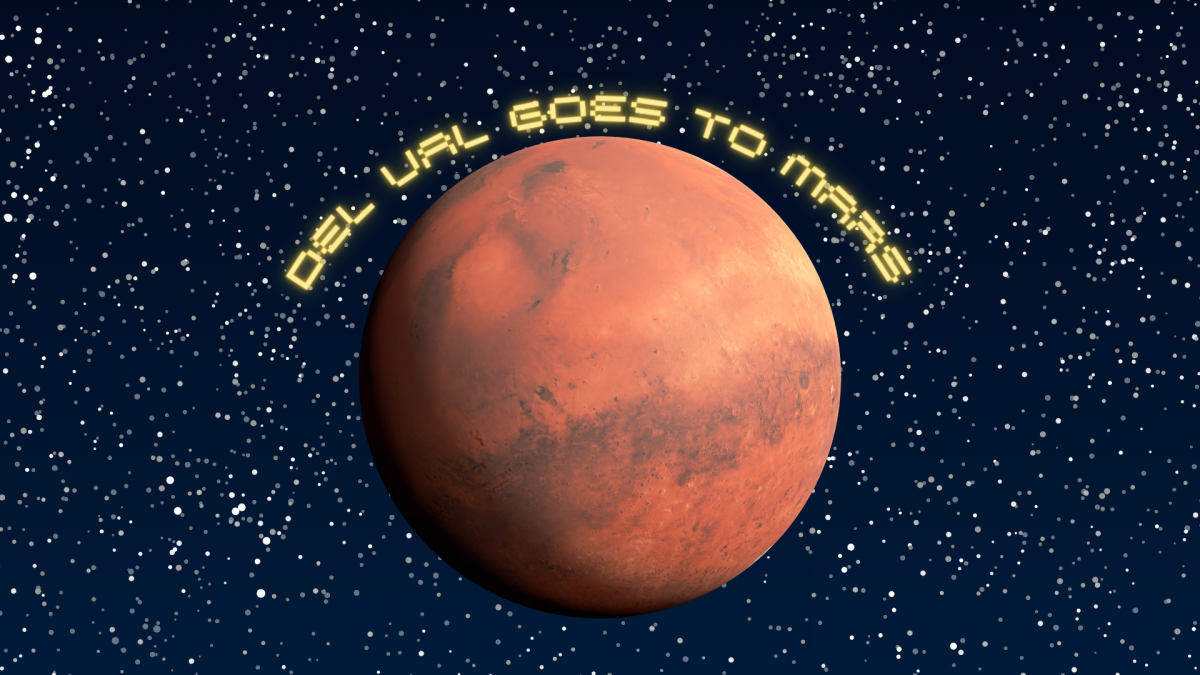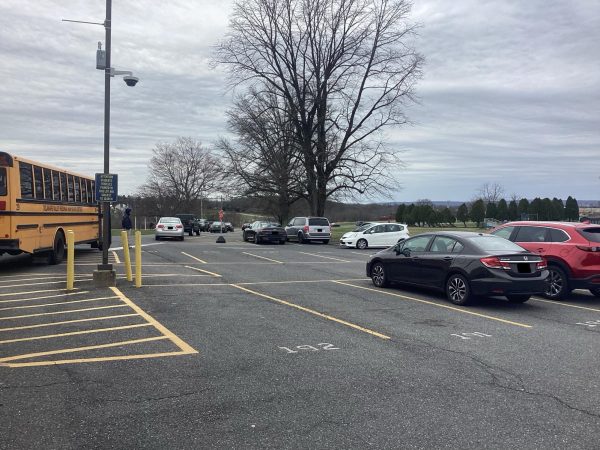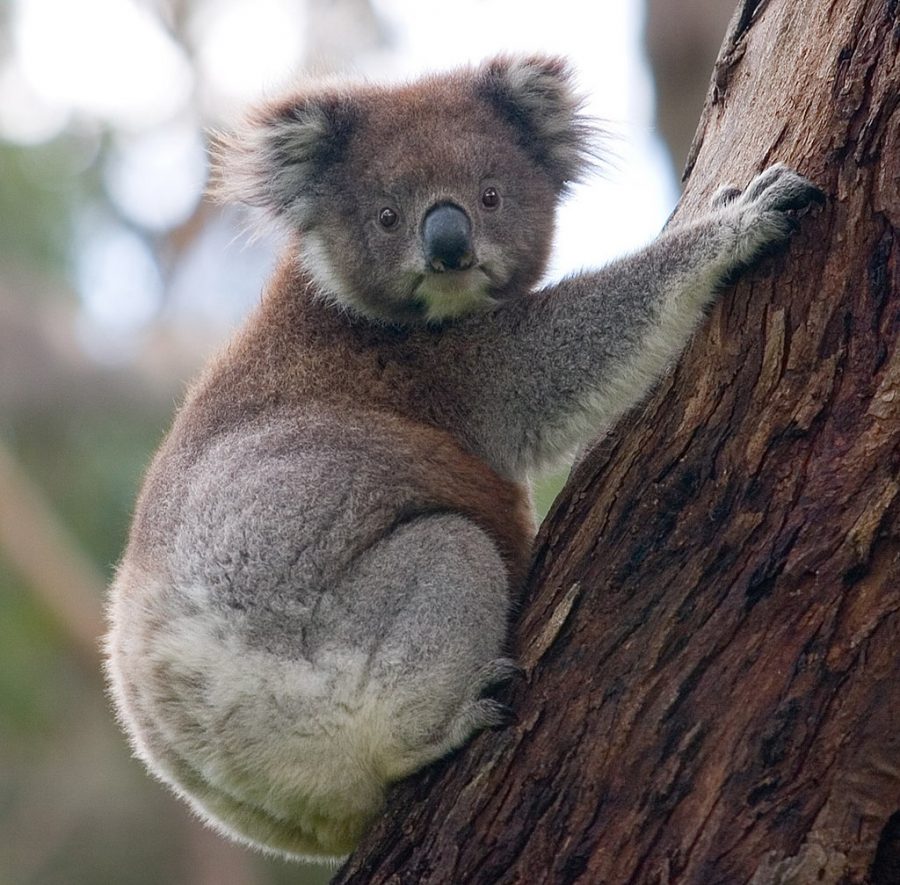A future without koalas?
Photo via Wikimedia Commons under Creative Commons license
The koala population has been decimated after the Australian bushfires.
When people think of Australia, koala’s are one of the first animals they tend to think of.
Unfortunately, they might be lost to future generations because they are almost extinct. The recent bushfire that spread throughout Australia this November killed up to 8,000 of them. One of the hardest hit areas was Port Macquarie, which lost half of its koala population. Their habitat has been completely destroyed, and many began to believe that koalas were “functionally extinct.” Sadly, humanity is now facing the possibility of a world without Koalas.
There is some good news though. As the fires settle, it seems that koalas may not actually be “functionally extinct.” According to experts, many koalas are scattered throughout Australia. They are not sure how many are left, but what is known is that the koalas are in desperate need of help. Climate change and the amount of loss of their population have proven how easily this species could go extinct.
To clarify, a species being designated as “functionally extinct” is different than just “extinct.” “Functional extinction” is a type of extinction that occurs when a population is deemed no longer able to come back or that the species no longer plays an important part in the ecosystem.
With the koala population having become so low, the species needs help to rebuild. Koalas are an important part of the world’s biodiversity, and without them, the ecosystem will be negatively affected. Koalas are also a part of the food chain, and their loss would affect those species that depend upon koalas as a source of food.
Koalas are in danger of never recovering after the Australian bushfires. If something isn’t done now, then these animals might become stories for our children, who will grow up in a world without koalas.
Your donation will support the student journalists of Delaware Valley Regional High School. Your contribution will allow us to attend conventions, purchase equipment and cover our annual website hosting costs.

Hannah Spinetta is a junior at Del Val. Her favorite subjects are English and her art classes. She likes drawing and horseback riding. She’s...
















































































